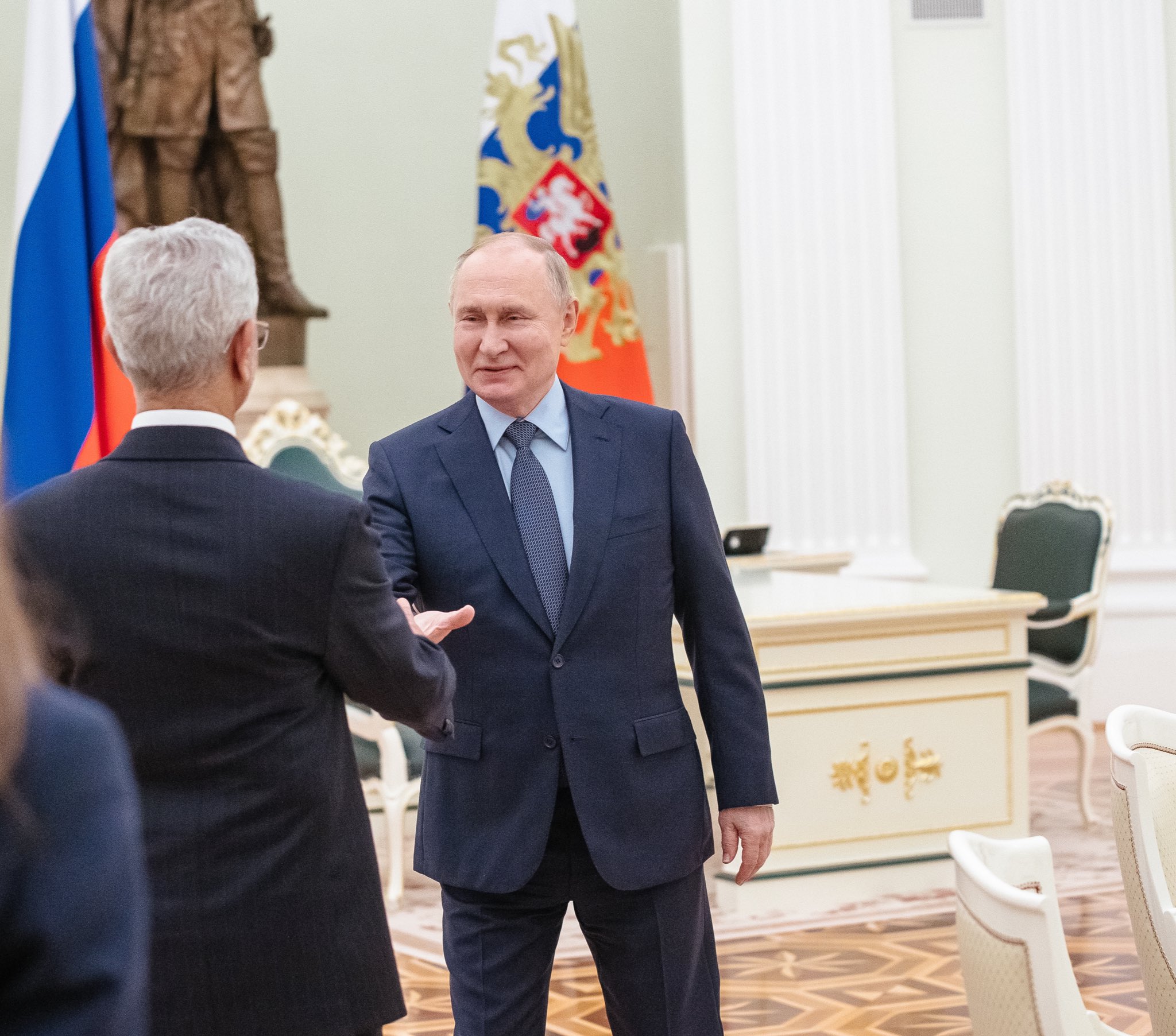Russia’s Border Infrastructure Push Near China, Kazakhstan and Mongolia —India Must Watch Closely
Russian President Vladimir Putin has announced plans to expand road access to its borders with China, Kazakhstan, Mongolia, and North Korea.
Speaking during the inauguration of the M-12 East section highway, Putin underscored the move as part of a broader push to integrate eastern Russia into global transport networks and boost cross-border connectivity.
 |
| File Photo: Indian FM Dr. Jaishankar on X |
The proposed routes are expected to link Russia’s vast interior to its eastern neighbours, potentially reshaping the logistical and strategic map of Asia.
While framed as infrastructure development, the timing and scale of the initiative come against the backdrop of shifting regional alliances, intensified global power rivalries, and a reconfiguration of post-sanctions trade corridors.
For India, this signals the need for sharper diplomatic focus and strategic foresight. The strengthening of Sino-Russian connectivity just north of the Himalayas adds complexity to India’s already tense border dynamics with China.
Any large-scale infrastructure that facilitates faster military or economic mobilisation along the Eurasian rim demands close scrutiny.
New Delhi’s traditionally warm ties with Moscow remain crucial, particularly in energy and defence sectors.
However, as Russia deepens its alignment with Beijing and other authoritarian regimes in the region, Indian diplomats will have to watch with far greater vigilance.
In this evolving chessboard of Eurasian logistics and influence, infrastructure is about reach, readiness, and recalibration of power.
